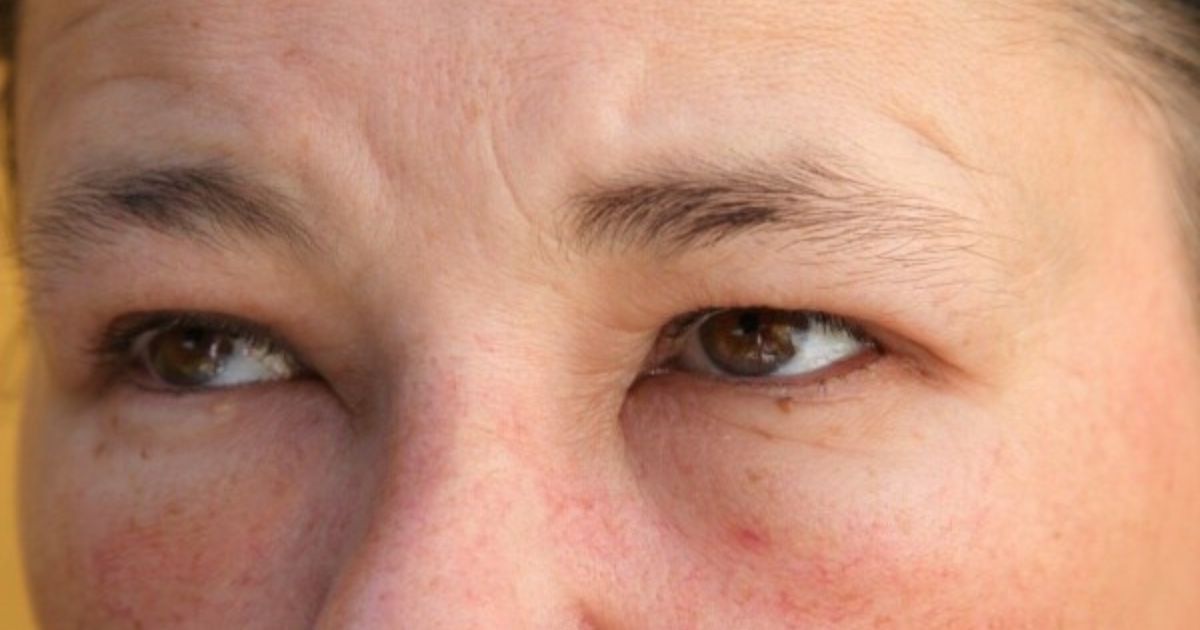As spring blooms across the United States, millions of Americans are bracing for an onslaught of spring allergies exacerbated by soaring pollen levels. Experts warn that climate change-driven increases in pollen counts are triggering earlier and more severe allergy symptoms, posing potential health risks for vulnerable individuals.
A 2021 study published by Healthline reveals alarming trends in pollen season onset and intensity. Pollen counts have surged by 21% compared to three decades ago, with allergy season commencing a staggering 20 days earlier than in 1990. Regions particularly affected by the early onset of pollen allergies include the North and Southeastern parts of the country.
Spring Allergies And Its Symptoms
Seasonal allergies, commonly known as hay fever, afflict approximately 60 million Americans, presenting symptoms ranging from mild irritation to life-threatening reactions.
Dr. Purvi Parikh, an adult and pediatric allergist and immunologist, underscores the underlying mechanism of allergic reactions, wherein the immune system produces IgE antibodies in response to specific allergens like pollen.
Histamines released during these hypersensitive reactions trigger symptoms such as nasal congestion, itchy eyes, and coughing, with heightened pollen levels exacerbating the severity of these manifestations.
Healthline reports that individuals may experience severe asthma attacks and respiratory distress in the face of heightened pollen exposure, necessitating proactive measures to mitigate risks.
Dr. Andy Nish, an allergy specialist, advises on strategies to minimize pollen exposure, including keeping windows closed, limiting outdoor activities during peak pollen hours, and wearing masks while outdoors.
Additionally, dietary interventions incorporating anti-inflammatory foods like ginger, garlic, and turmeric, along with supplements such as quercetin and stinging nettle leaves, may help alleviate symptoms and bolster immune resilience.
Practical steps to reduce pollen infiltration within homes include removing shoes upon entry, frequent laundering of outdoor clothing, and investing in air purifiers to filter indoor air. Furthermore, practicing good hygiene habits such as showering before bedtime can prevent pollen accumulation on bedding, reducing nighttime discomfort.
Despite preventive measures, individuals experiencing persistent allergy symptoms may benefit from over-the-counter antihistamines like Claritin, Zyrtec, or Allegra. However, caution is advised against decongestant-containing medications, which may exacerbate symptoms.
Dr. Parikh emphasizes the importance of seeking medical attention in cases of respiratory distress or chest discomfort, which may indicate the onset of asthma—a potentially life-threatening complication of severe allergies. Prompt intervention is critical to prevent respiratory complications and ensure optimal management of allergic reactions.
As pollen levels continue to rise and allergy season intensifies, public health awareness campaigns and proactive measures are essential to safeguard vulnerable individuals from the adverse effects of seasonal allergies.
By adopting preventive strategies and seeking timely medical intervention, individuals can navigate the challenges of allergy season while prioritizing their health and well-being.
In conclusion, the convergence of climate change-induced pollen surges and early allergy season onset underscores the urgency of proactive measures to mitigate the impact of seasonal allergies on public health.
Through collaborative efforts and informed decision-making, communities can empower individuals to thrive amidst the challenges posed by heightened pollen exposure and ensure a healthier, allergy-resistant future.








Leave a Reply
You must be logged in to post a comment.